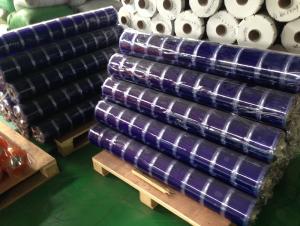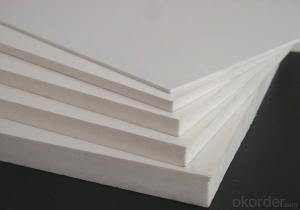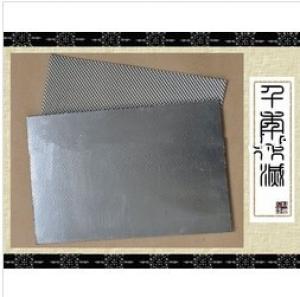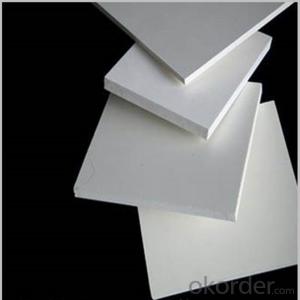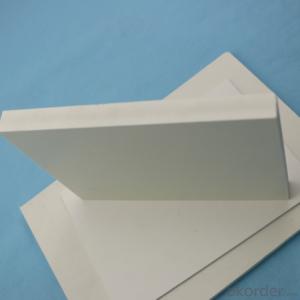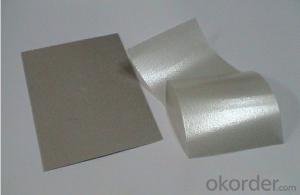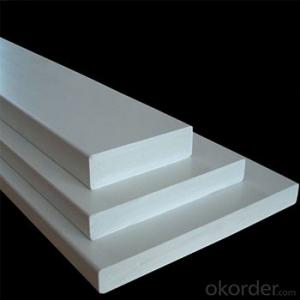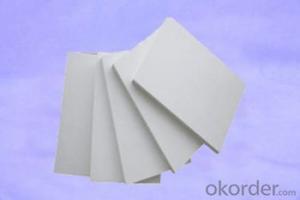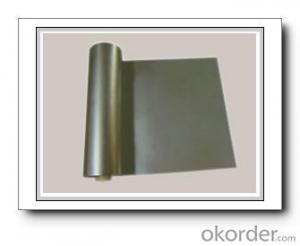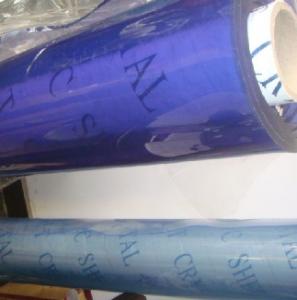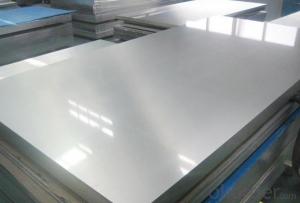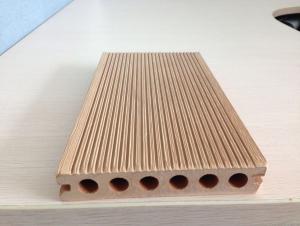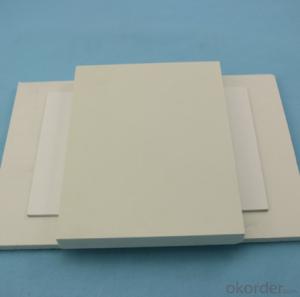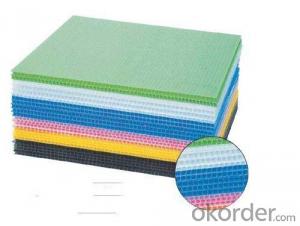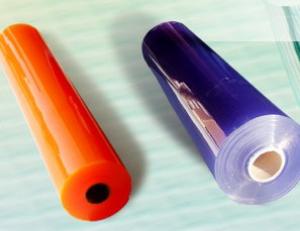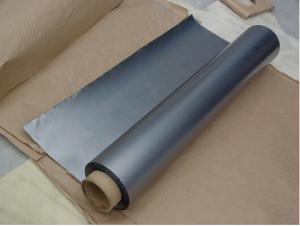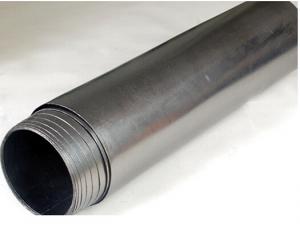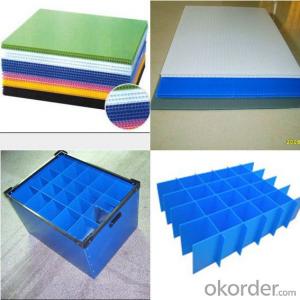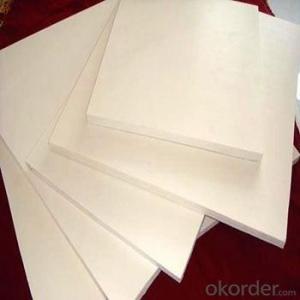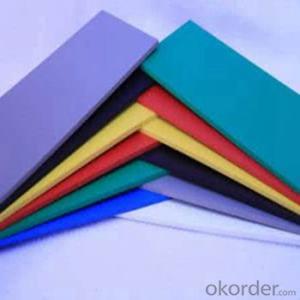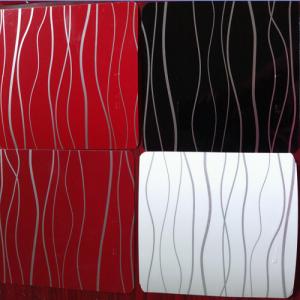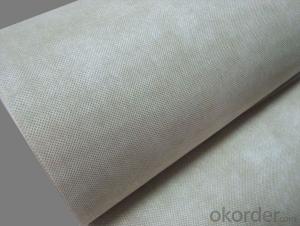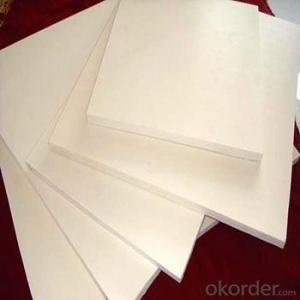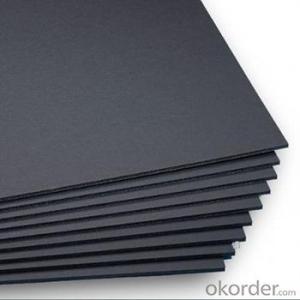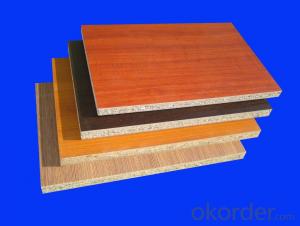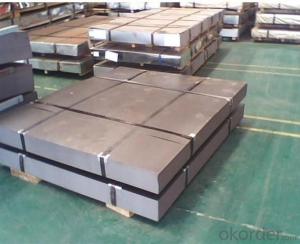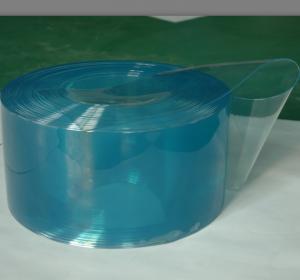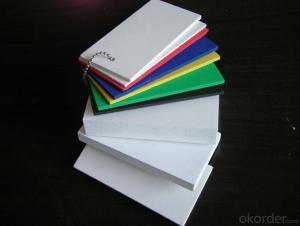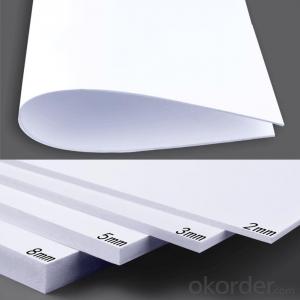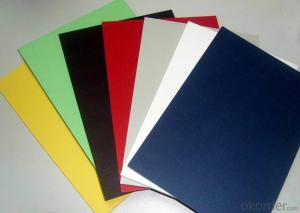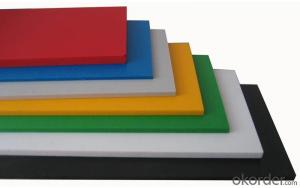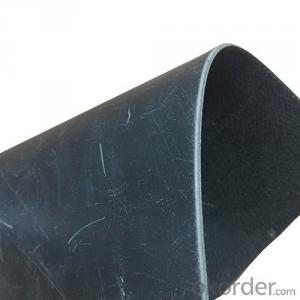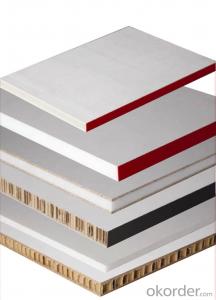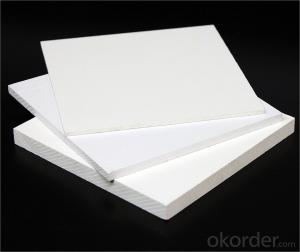Thin Plastic Sheets Flexible
Thin Plastic Sheets Flexible Related Searches
Flexible Transparent Plastic Sheet Flexible Plastic Sheet Material Thin Hard Plastic Sheets Thin Transparent Plastic Sheet Flexible Plexiglass Sheets Lightweight Plastic Sheets Thin White Plastic Sheet Thin Stainless Steel Sheets Flat Plastic Sheets Fine Plastic Mesh Sheet Structural Plastic Sheets Plastic Film Sheets Thin Pvc Sheet Clear Plastic Sheets Wavy Plastic Sheets High Temperature Clear Plastic Sheet Green Plastic Roofing Sheets 4 By 8 Plastic Sheets White Translucent Plastic Sheet Buy Sheet Plastic Plastic Sheets 4X8 Flexible Netting Expanded Polystyrene Insulation Sheets Protective Plastic Sheeting Clear Plastic Sheets 4X8 Heat Resistant Insulation Sheets Garden Plastic Sheeting Hard Plastic Sheets 4X8 Structural Plywood Sheets Large Rolls Of Plastic SheetingThin Plastic Sheets Flexible Supplier & Manufacturer from China
Thin Plastic Sheets Flexible are versatile products that come in various materials such as polyethylene, polypropylene, and PVC. These sheets are known for their durability, flexibility, and lightweight properties, making them suitable for a wide range of applications.Flexible thin plastic sheets are widely used in various industries due to their adaptability and functionality. They can be found in applications such as packaging, agriculture, construction, and even in the automotive industry. Their usage scenarios include protecting surfaces from scratches, creating custom covers, and providing insulation or waterproofing solutions. The versatility of these sheets allows them to be easily cut and shaped to fit specific needs, making them a popular choice for both commercial and personal projects.
Okorder.com is a reputable wholesale supplier of Thin Plastic Sheets Flexible, boasting a large inventory that caters to the diverse needs of customers. By offering a comprehensive selection of flexible plastic sheets, Okorder.com ensures that clients can find the right product for their specific requirements. With competitive prices and reliable service, Okorder.com has established itself as a trusted source for high-quality flexible thin plastic sheets.
Hot Products
